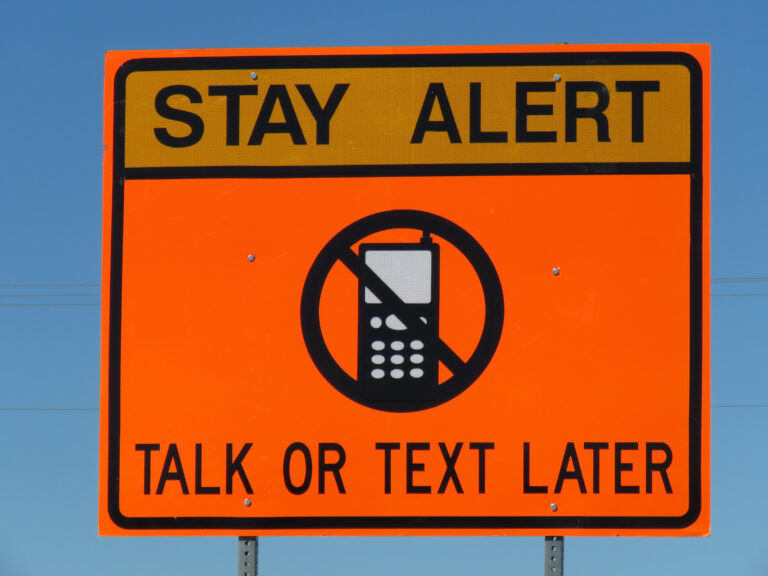Knowing certain tips for driving safely in snowy conditions is crucial before going out. If you think driving in snow is no big deal, think again. Between slick surfaces and reduced visibility, winter weather conditions account for nearly 1/4 of all traffic accidents nationwide. According to the Federal Highway Administration, nearly 117,000 people are injured in vehicle crashes each year due to snow, slush, and ice—and more than 1300 are killed.
It’s always best to stay off the roads in snowy conditions, but if you must travel, following these tips for driving safely can help you stay safer.
Slow Down
Slower speeds give you more time to react, which is key when visibility and traction are low. Also, if your car slides around a corner or starts spinning out of control, you’re less likely to be injured or to cause injury if you weren’t going that fast to begin with.
Give Yourself Extra Time to Stop
Snow and slush on the roads can make it more difficult for your car to stop. Gradually reducing speed at intersections reduces your risk of losing traction. Give yourself plenty of room between you and the cars in front of you–and always allow extra time to reach your destination so you don’t feel rushed.
Avoid Sudden Moves
Quick steering maneuvers, even at slow speeds, can result in loss of control. If you need to change lanes or go around an object, start by turning your head to look behind you—and always use your signal light. Avoid last-minute maneuvers whenever possible.
Turn Into a Skid, Not Against It
If you lose traction and start to slide, the best way to regain control is by turning the front wheels in the direction the back wheels are sliding–a technique known as “turning into the skid.” Your impulse may be to do the opposite, i.e., turn in the direction you wish to go…but this usually keeps you sliding the opposite direction. When you’re sliding, your main objective is to regain traction. You can get back on course once you’ve got control of the car again.
Don’t Slam on the Brakes
When roads are slick, hitting the brakes hard almost guarantees your wheels will lock and you’ll start sliding out of control. Slow down by pumping the brakes lightly and letting them go. Additionally, if you’re sliding, take your foot off the brake. Again, your impulse may be to press down harder, but releasing the pedal allows the wheels to start moving, which may help your tires regain traction on the road.
Don’t Get Overconfident
People who live in snowy climates sometimes get overconfident in their driving abilities in snow—and that overconfidence often leads to sloppiness and carelessness. Never assume you have the upper hand in snowy conditions. Respect the weather, drive with caution, and you’ll have a better chance of avoiding an accident.
Crashes are sometimes inevitable in snowy weather, but even if the roads are slick and the visibility is bad, you may still be eligible to recover damages in a personal injury lawsuit if the other driver was being negligent. Always reach out to a personal injury lawyer to discuss your case and your options.
If you’ve been in a snow-related injury accident, call our offices today to schedule a free case evaluation.








